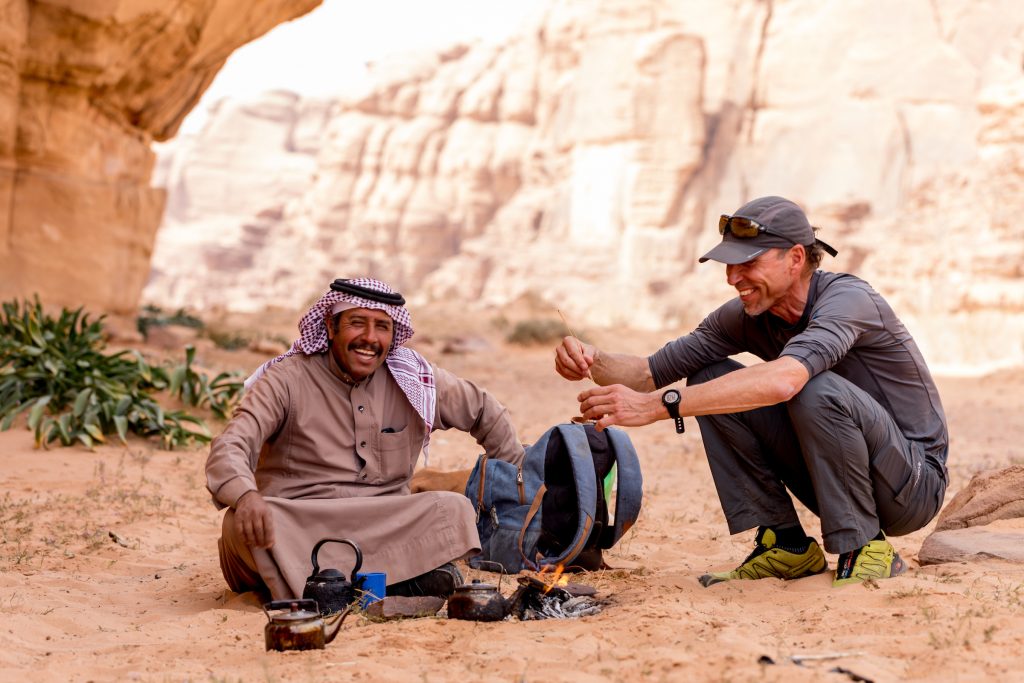The Curated News Hub
Your daily source for diverse news and insights.
Souvenir Secrets: Collecting Culture Around the Globe
Uncover the hidden gems of global souvenir collecting and discover the stories behind your favorite finds!
10 Unique Souvenirs from Around the World: What They Really Mean
Traveling the world often leads to bringing back unique souvenirs that hold stories and significance beyond their physical presence. From the intricate Mexican Day of the Dead skulls to delicate Japanese Kokeshi dolls, these items capture the essence of their culture. Each souvenir is more than just a token; it represents a connection to traditions, customs, and the artisans who created them. For instance, the Kokeshi doll symbolizes love and friendship, often gifted to convey warm wishes and sentiments.
Another fascinating souvenir is the Italian Murano glass, renowned for its beauty and craftsmanship. Each piece tells a story of the generations of artisans who have perfected the art of glassblowing. When you purchase Murano glass, you're not just acquiring a decorative item; you are investing in the cultural heritage of Venice. Similarly, the Turkish Evil Eye serves as a protective talisman, believed to ward off negativity and bring good fortune to its owner. Whether functional or decorative, these unique souvenirs remind us of the diverse meanings behind cultural artifacts from around the globe.

The Art of Souvenir Collecting: Tips for Finding Authentic Cultural Treasures
Souvenir collecting is not just about acquiring trinkets; it's about finding authentic cultural treasures that tell a story and connect you with the places you've visited. To begin your journey, immerse yourself in local culture. Visit artisan markets, where you can meet craftsmen and learn about the traditional techniques used to create their works. Remember, an authentic souvenir often carries the essence of its origins, so seek out items made from local materials and invested with local craftsmanship. Consider asking locals for recommendations to discover hidden gems that may not be found in tourist shops.
Once you've narrowed down what types of souvenirs interest you, develop a collector's mindset. Keep track of your finds by maintaining a journal or digital catalog that includes photos, descriptions, and stories behind each item. This adds sentimental value to your collection and transforms your souvenirs into cherished memories. Additionally, be mindful of ethical considerations when collecting. Avoid items that may exploit local cultures or wildlife, and instead focus on supporting local artisans who create unique pieces that honor their traditions. By doing so, you not only enrich your own collection but also contribute positively to the communities you visit.
What Makes a Souvenir Meaningful? Exploring the Stories Behind the Items
When we travel, we often bring back souvenirs that serve as tangible reminders of our experiences. However, the true meaning of a souvenir goes beyond its physical form; it lies in the stories and memories it encapsulates. Each item carries personal significance, whether it’s a handcrafted trinket from a local artisan or a postcard from a cherished destination. These mementos become vessels of nostalgia, transporting us back to the moments we held dear. The stories behind the items—the interactions with locals, the adventures taken, or the people we shared those experiences with—add depth to the souvenirs we choose to keep.
Moreover, the emotional connection we forge with our souvenirs can make them far more valuable than their monetary worth. For instance, a simple keychain or a T-shirt may seem ordinary, but if it represents a significant moment, like a milestone birthday or a family reunion, it transforms into a cherished treasure. When we reflect on these items, we often find ourselves telling stories to friends and family, further enhancing their significance. Ultimately, what makes a souvenir meaningful is not just its physical appearance, but the memories it holds and the connections it represents. As we explore the world, we collect not just souvenirs, but the stories that shape our identity and experiences.